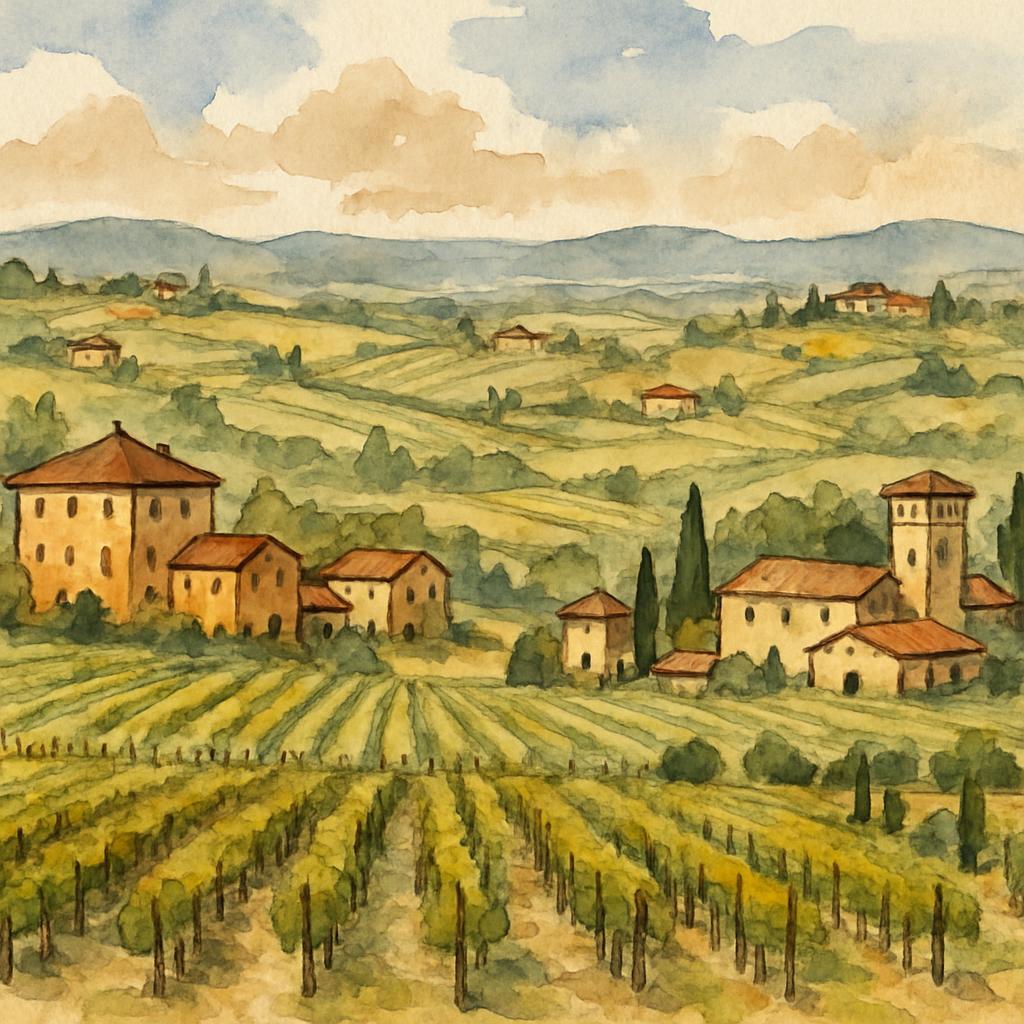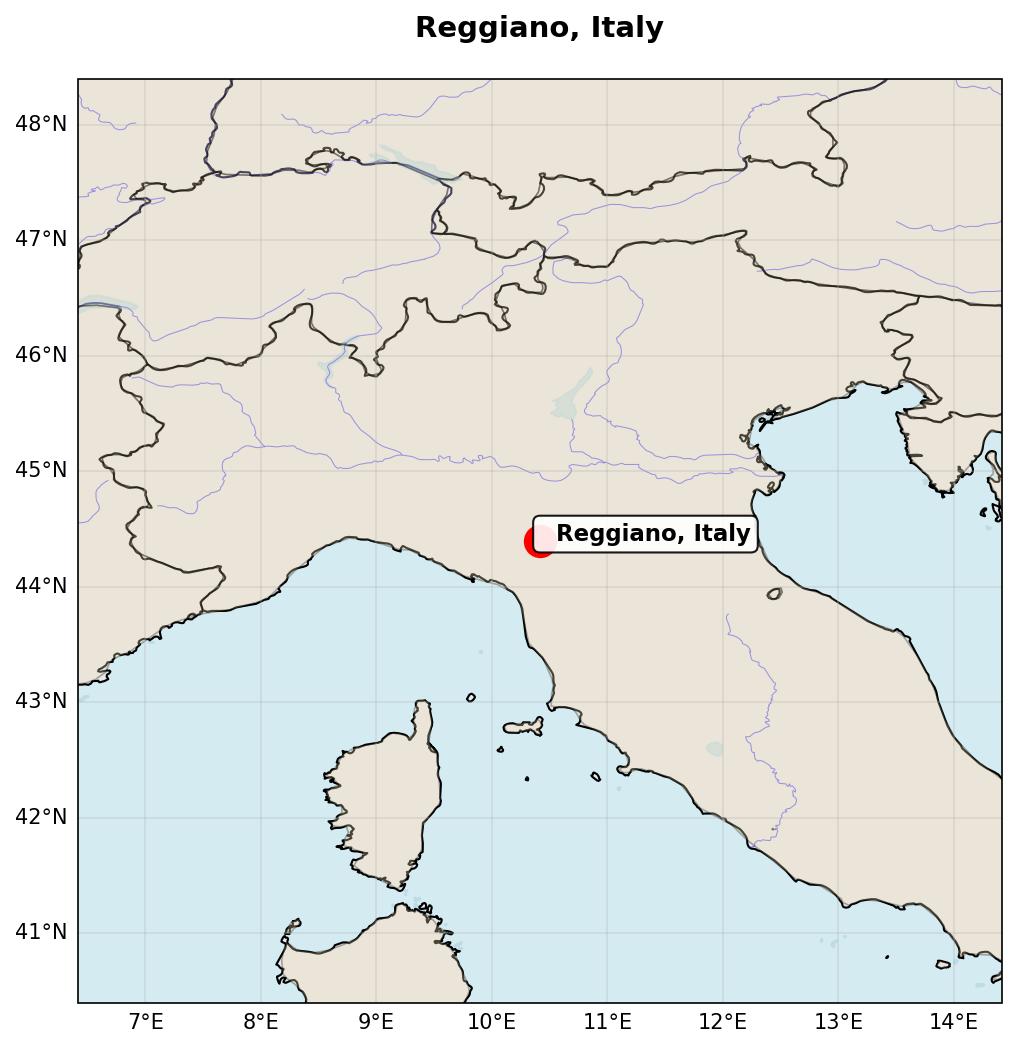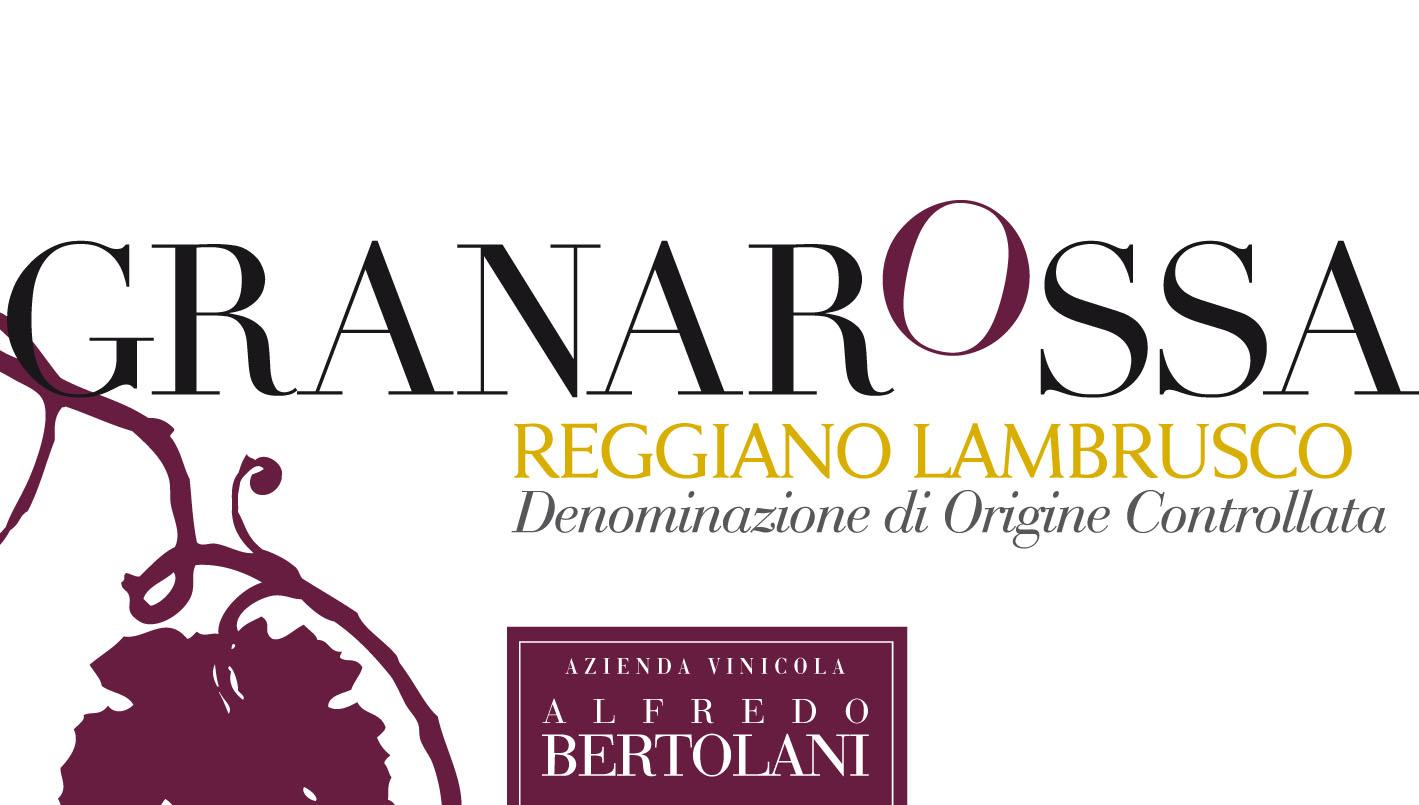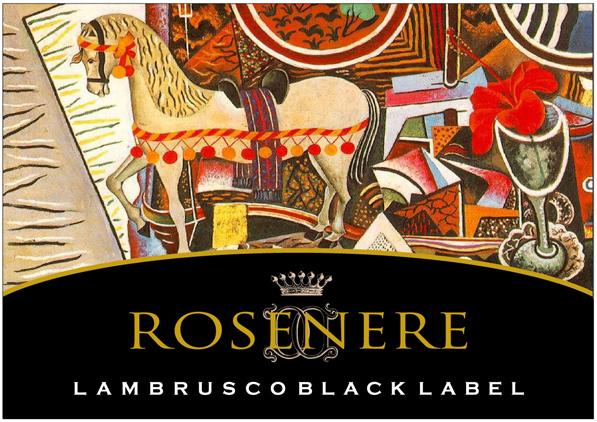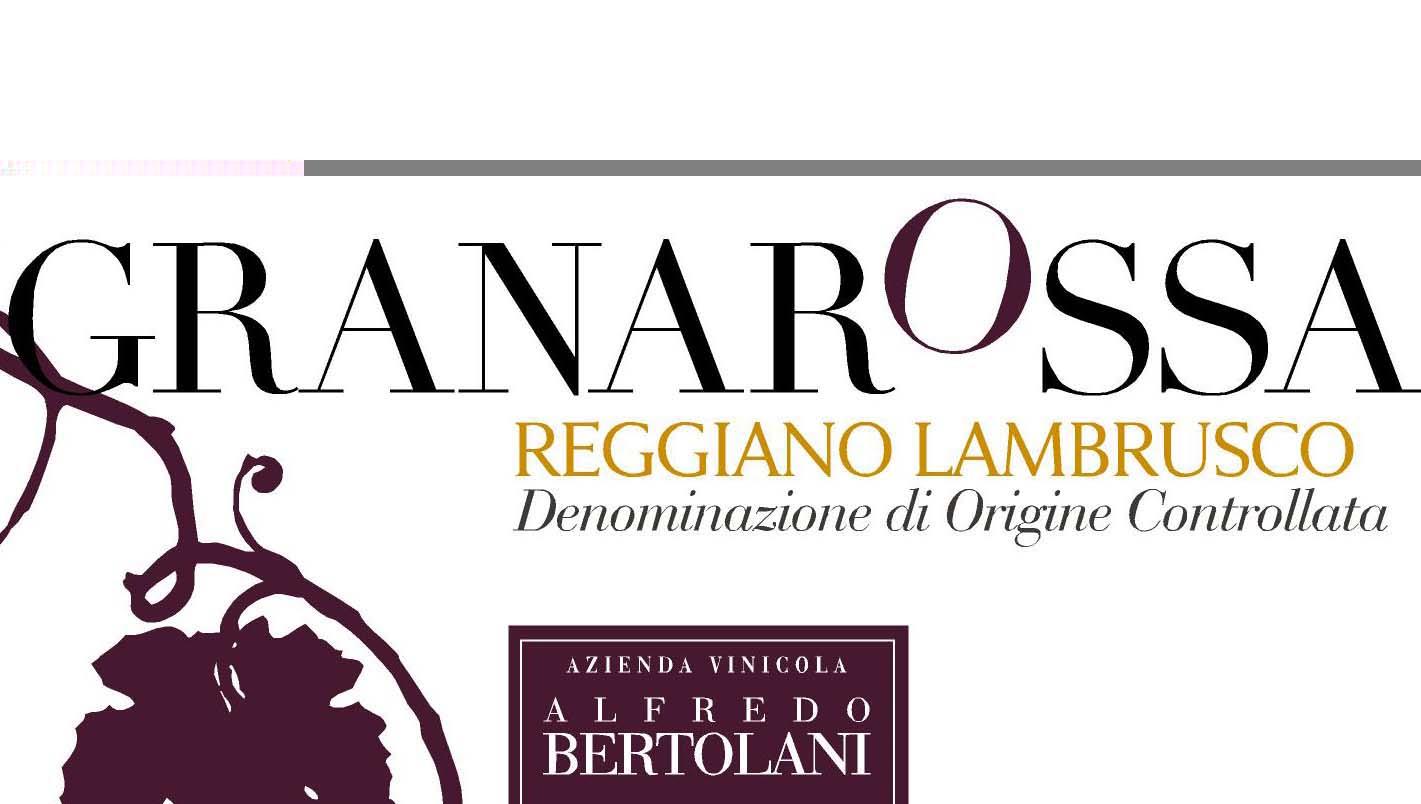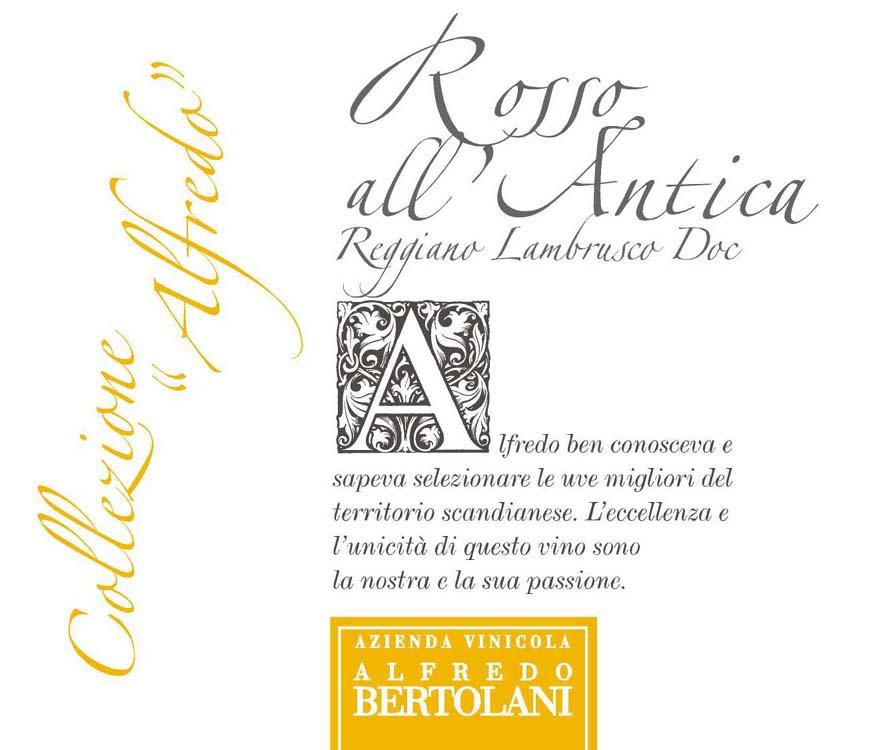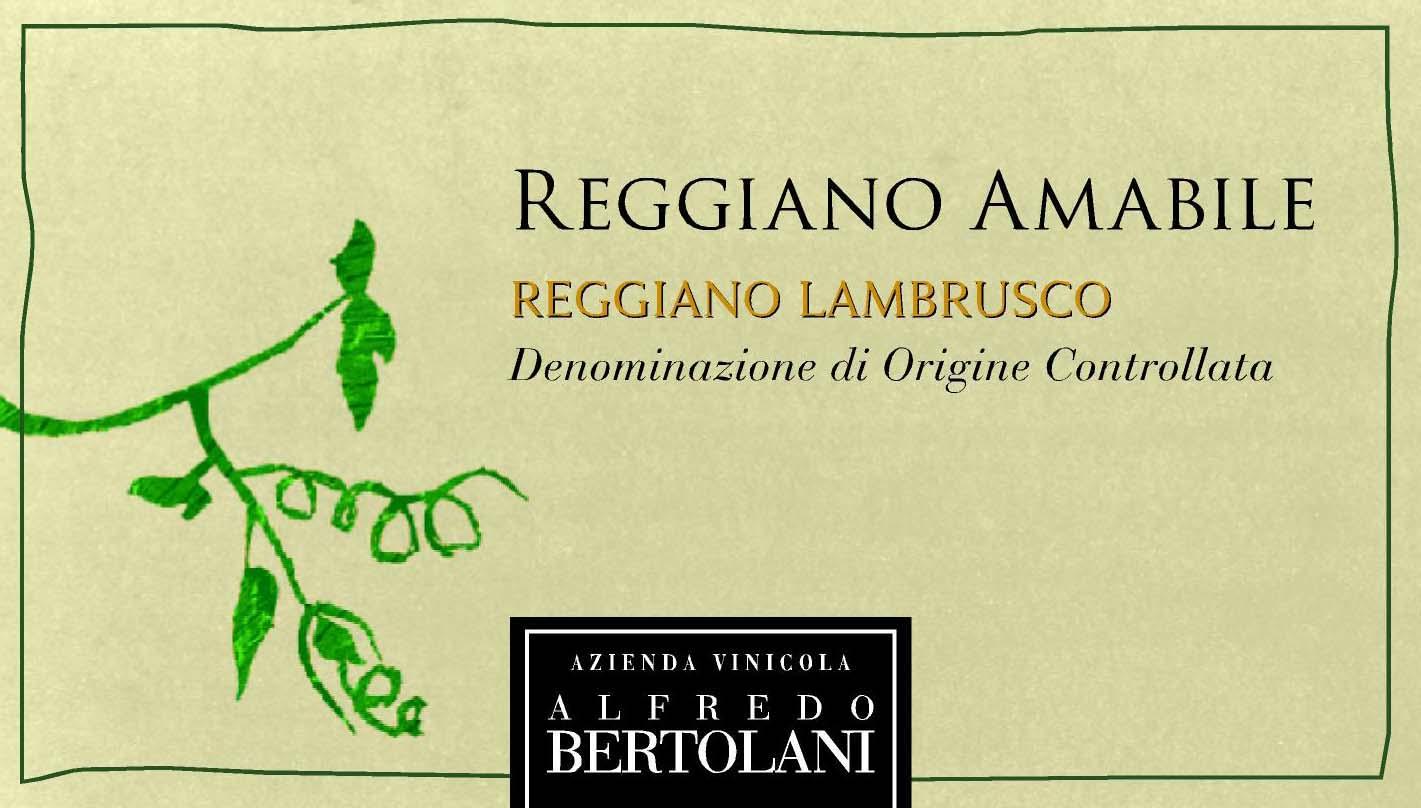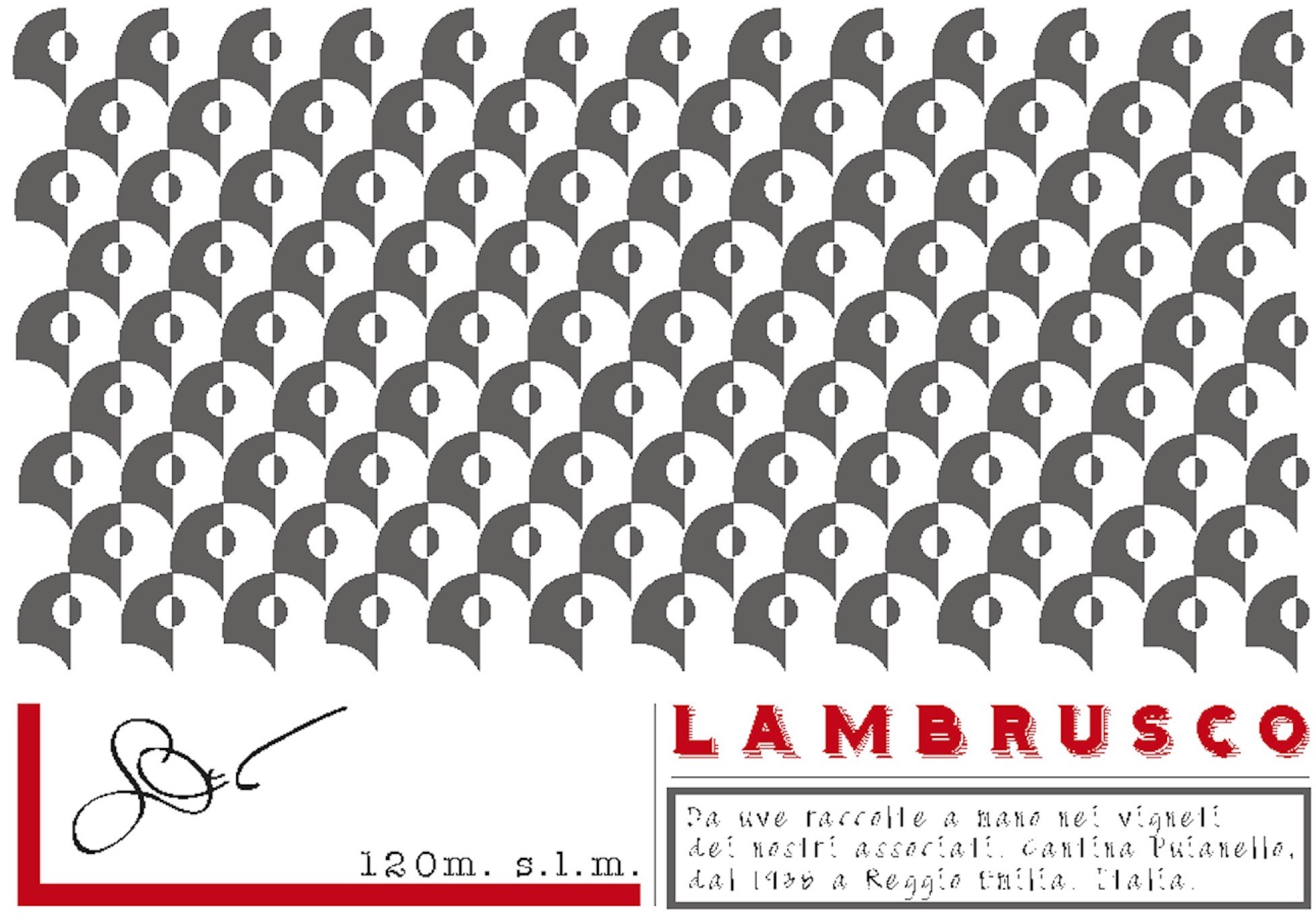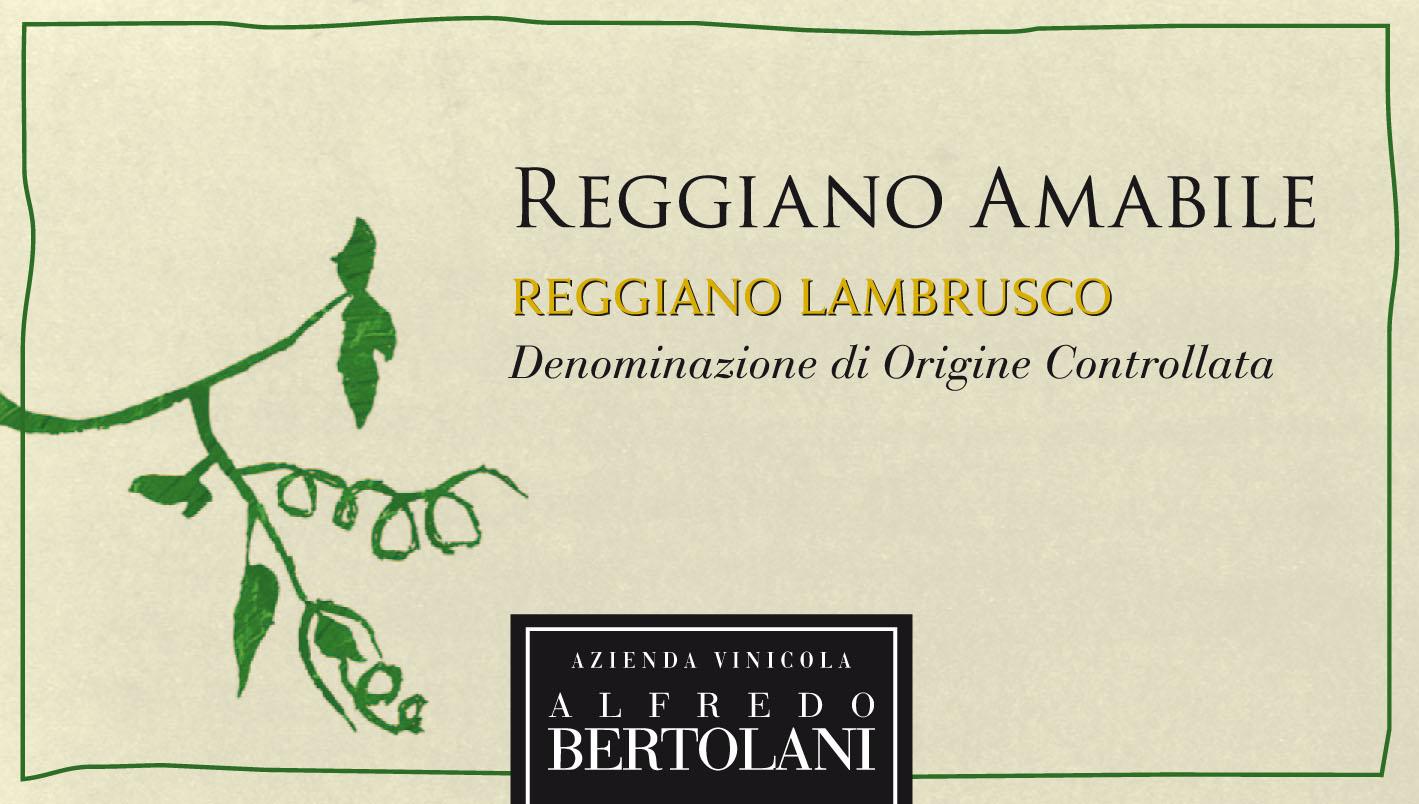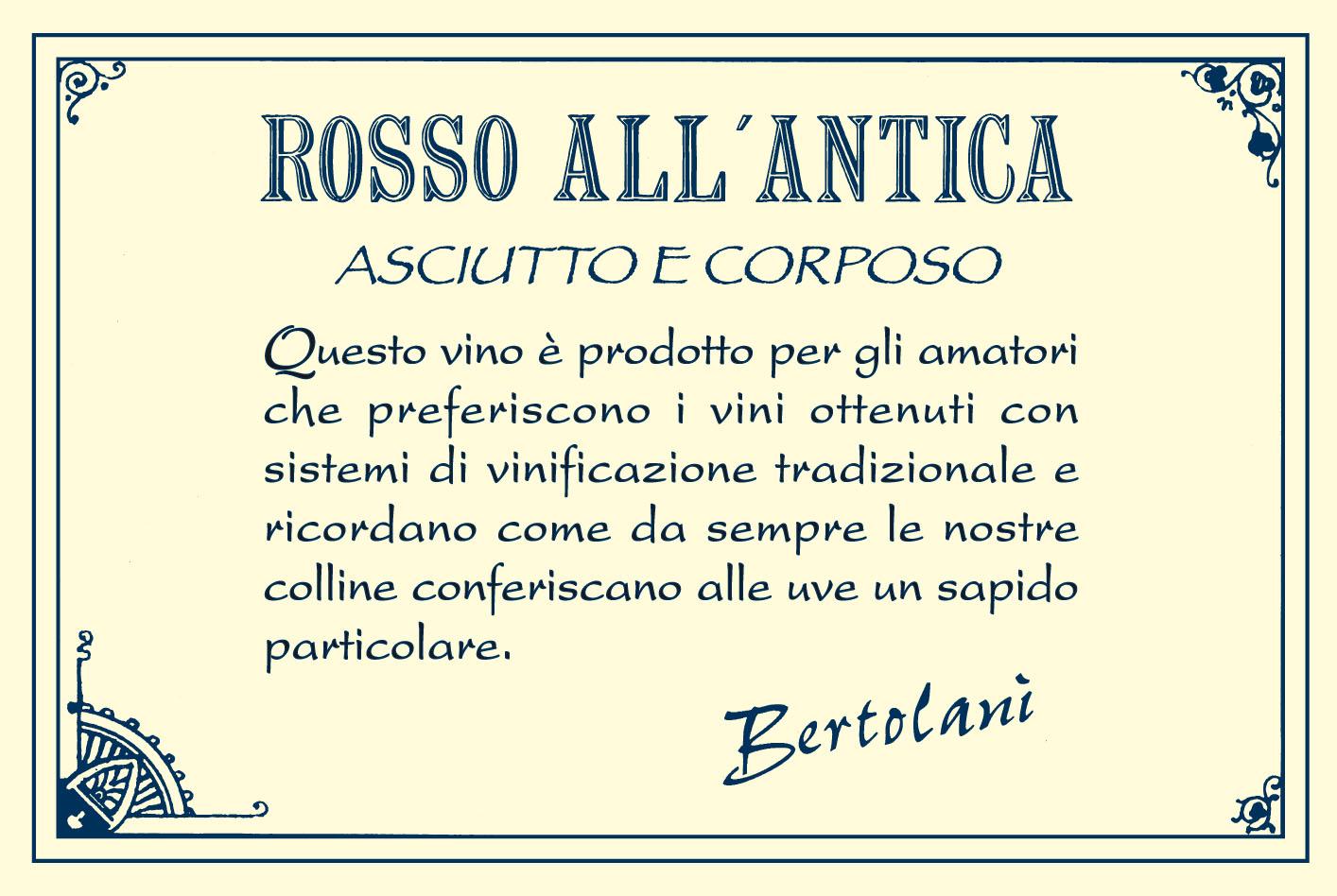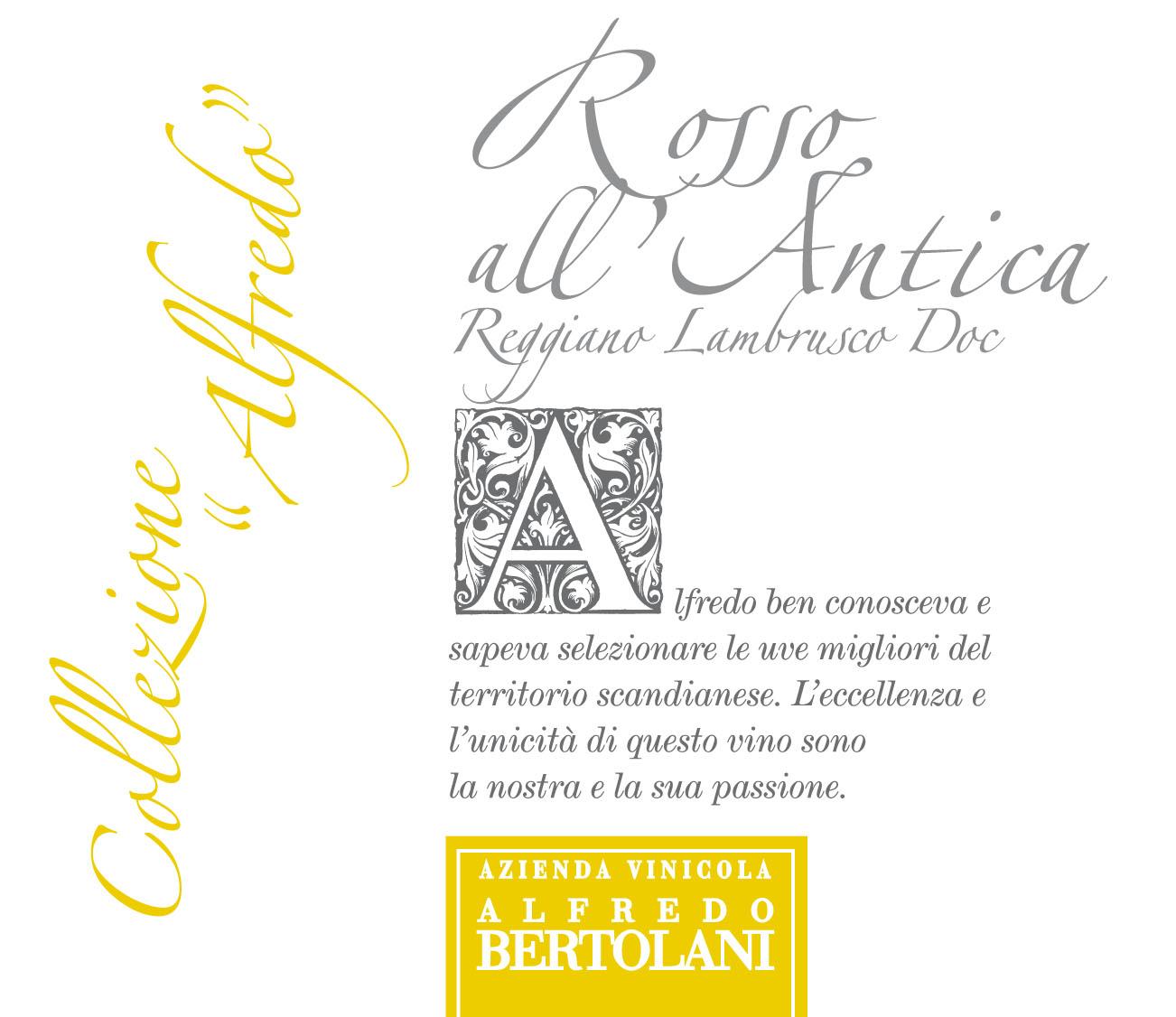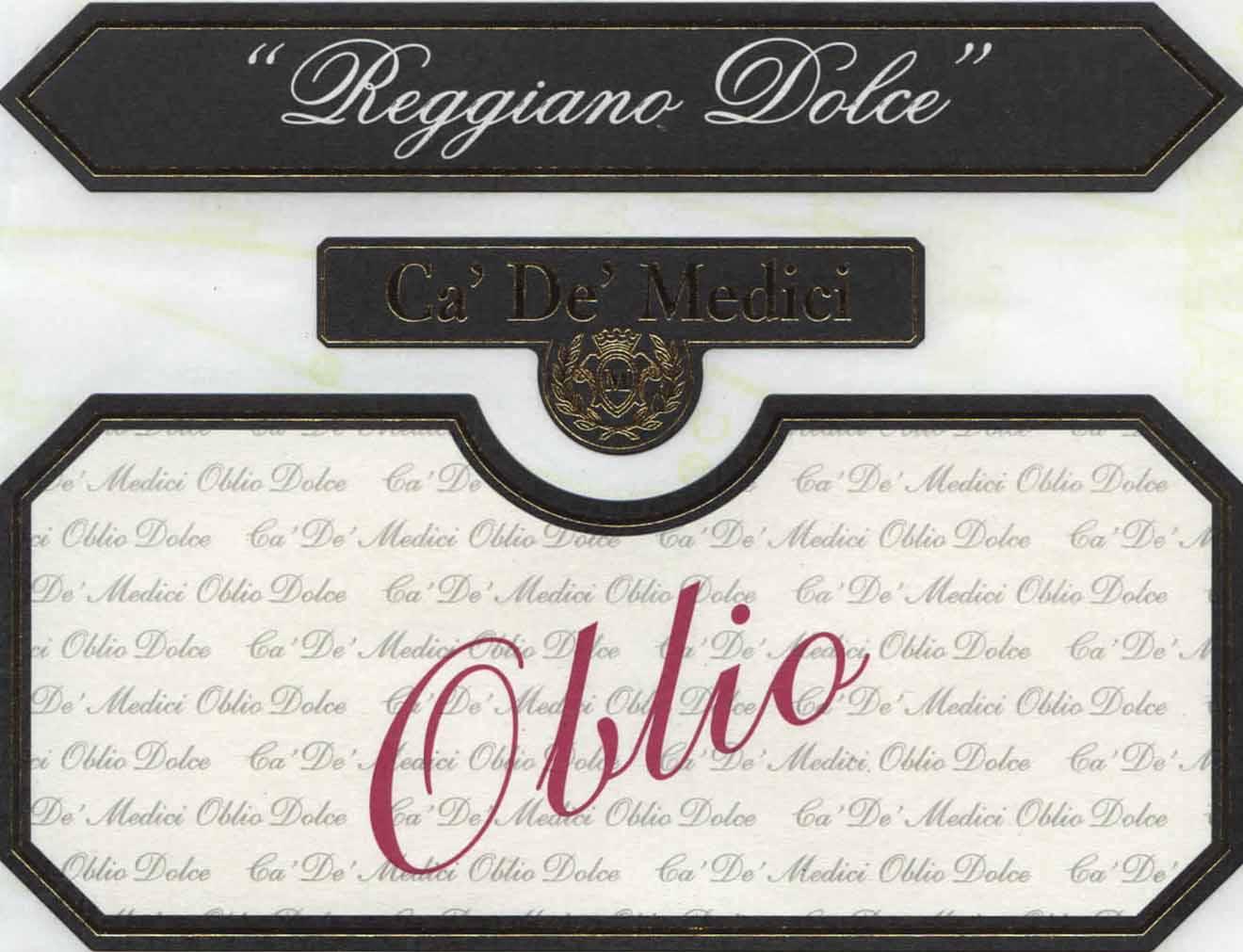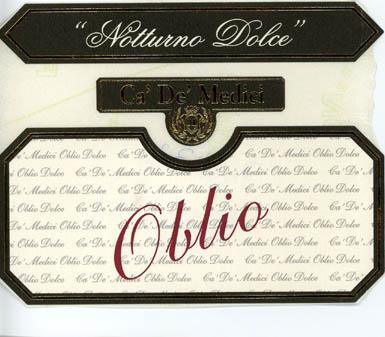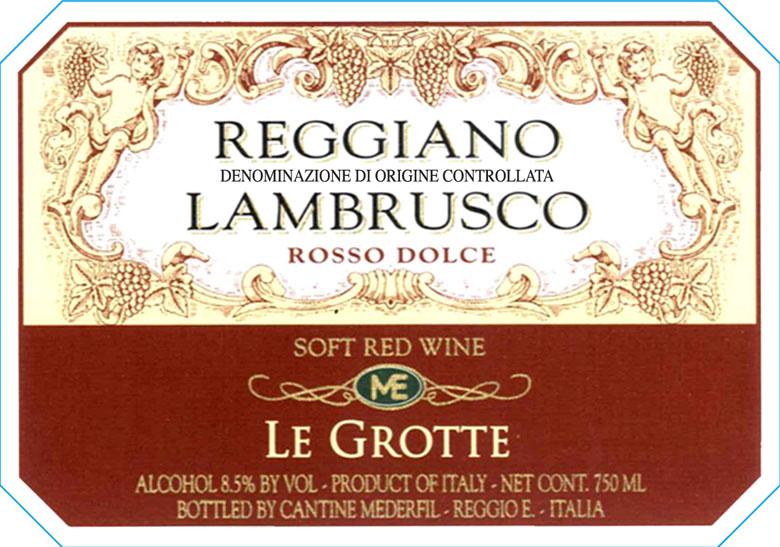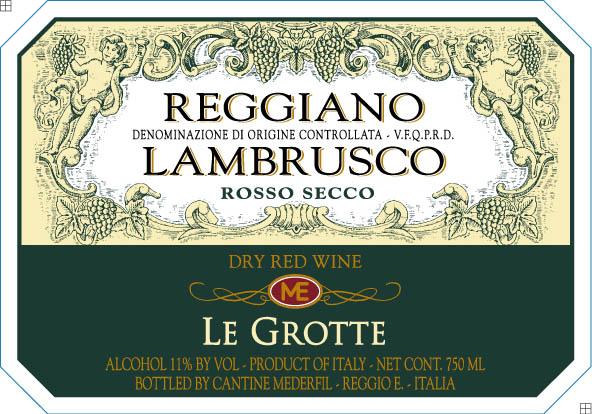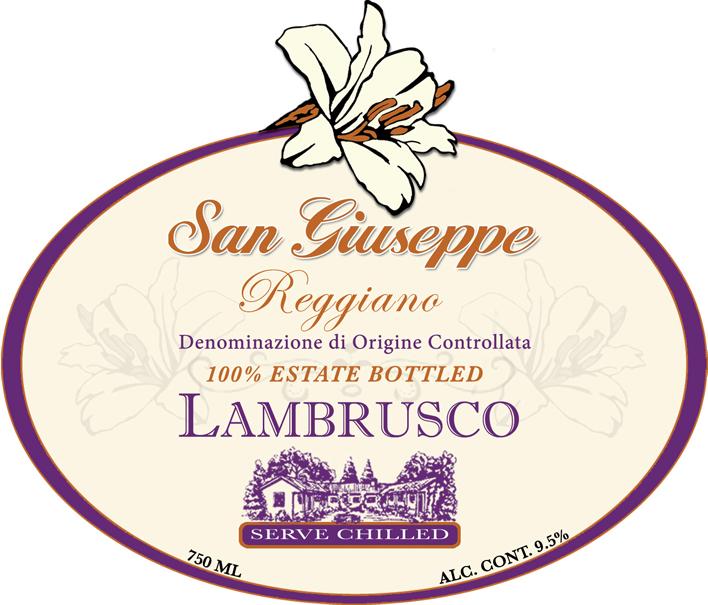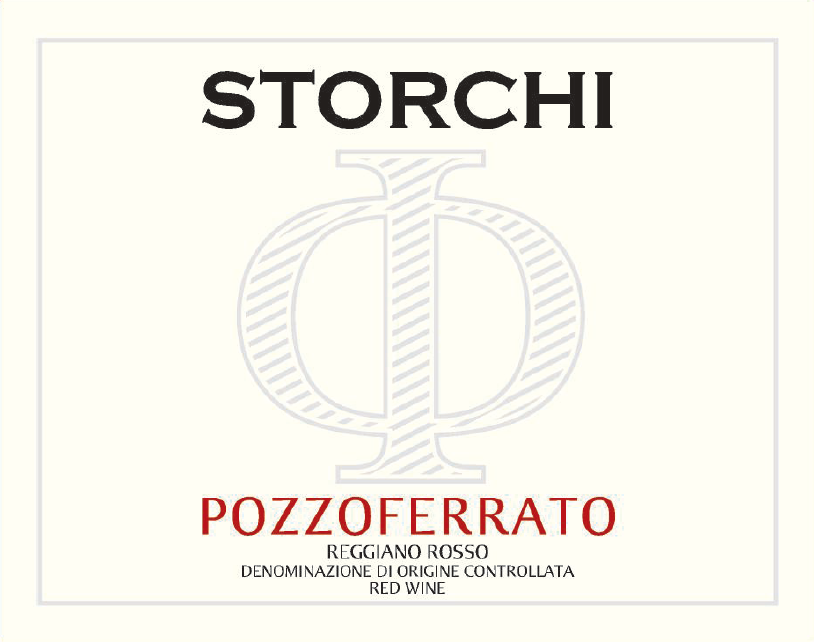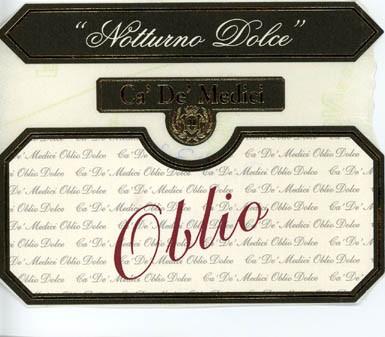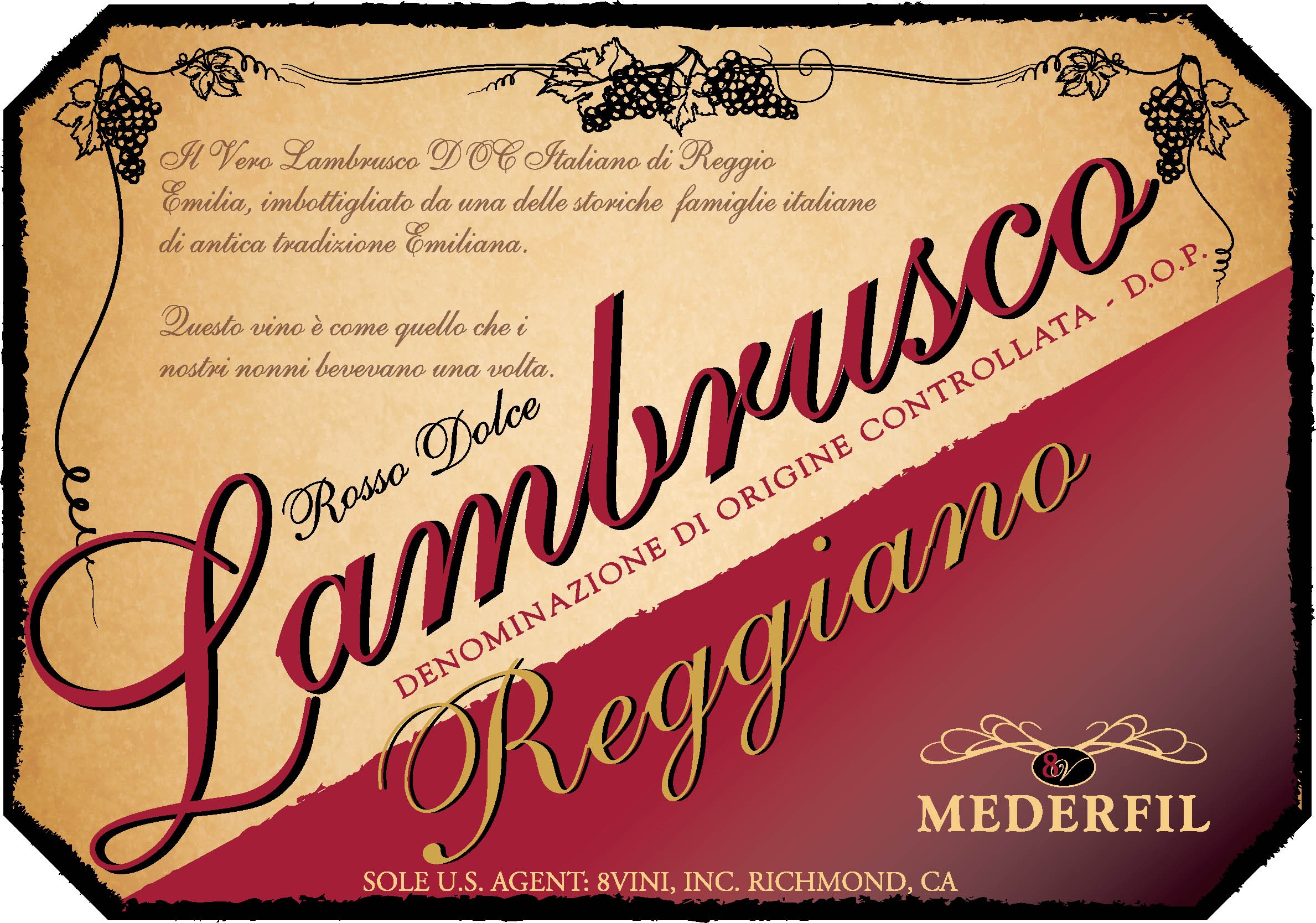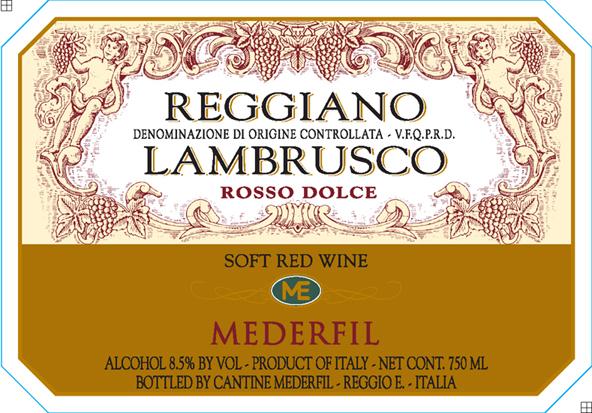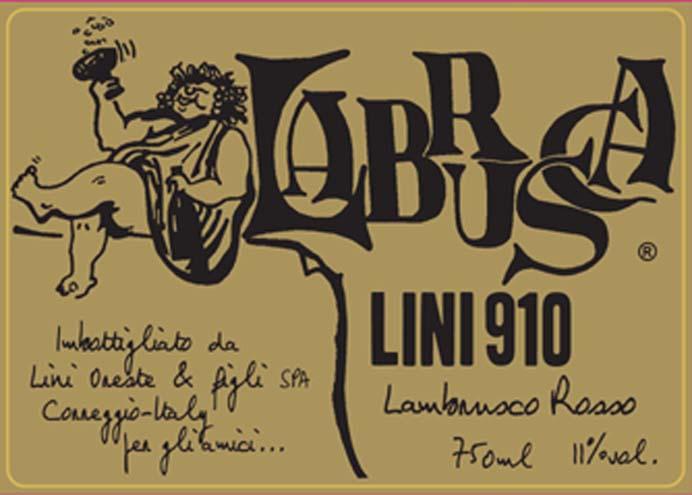Terroir of Reggiano
The vineyards in Reggiano stretch across the Po River plain, with rich alluvial soils of loam, silt, and clay. These soils, rich in clay, hold moisture during hot summers, supporting the lively character of Reggiano’s Lambruscos. By managing vine growth and canopy well, winemakers can keep their wines bright and fresh.
Reggiano's climate is temperate continental, with hot summers and cold winters, and temperatures often over 30°C. The flat terrain, between 50 and 200 meters above sea level, ensures steady sun, aiding grape ripening. The wide day-night temperature range, especially near the foothills, helps keep grape acidity, giving sparkling wines their lively taste. As autumn arrives, cooler nights further preserve acidity, making canopy management crucial to reduce disease risks in wetter years.
Notable Wineries in Reggiano
Reggio Emilia, in the heart of Italy’s Emilia-Romagna region, is a beacon for Lambrusco lovers. Here, historic and innovative wineries craft sparkling wines that capture the area's essence.
-
Medici Ermete: A family-owned winery since 1890, known for its high-quality, fruit-forward Reggiano Lambrusco, including the single-vineyard Concerto.
-
Lini 910: Established in 1910, this family-run winery uses both Charmat and traditional methods to create precise and lively Lambruscos.
-
Venturini Baldini: An organic winery in the hills, specializing in distinctive Lambrusco from native grapes.
-
Podere Giardino: A small producer focusing on terroir-driven Lambrusco, offering pet-nat and traditional-method wines.
-
Casali Viticultori: Known for elegant dry Lambrusco, blending traditional techniques with modern winemaking.
Sustainable Winemaking in Reggiano
In Reggiano, Italy’s Emilia-Romagna region, sustainability is a guiding principle for winemakers. Increasingly, producers are opting for organic and biodynamic practices, reducing synthetic inputs, and using cover crops to enhance soil health. Local grape varieties, like Lambrusco and Ancellotta, flourish here, allowing for a reduced reliance on artificial treatments.
In the cellar, low-intervention techniques are favored, with natural ferments and gentle pressing becoming standard. Resource efficiency is also key, with wineries employing modern equipment to minimize energy and water use, and recycling pomace for compost or energy. Many estates hold organic or biodynamic certifications, demonstrating the region’s commitment to eco-friendly practices. By shortening supply chains and using lighter packaging, Reggiano’s wine industry is reducing its carbon footprint while maintaining the quality and character that have made its wines renowned worldwide.
Wine Tourism in Reggiano
Reggiano, nestled in Italy's Emilia-Romagna region, offers rich wine tourism experiences centered around its renowned Lambrusco.
The "Strada dei Vini e dei Sapori Colline di Scandiano e di Canossa" connects visitors with wineries and farm stays.
Here, guided tours unveil the winemaking process, from Charmat tanks to traditional methods, concluding with tastings of sparkling wines.
Pair these with Emilia's culinary treasures—like Parmigiano Reggiano and prosciutto—highlighting the delightful harmony between local wines and foods.
The region's gentle terrain is perfect for cycling and exploring scenic trails that meander through vineyards. Cultural attractions, including nearby castles and historic sites, enrich the experience.
Events like Cantine Aperte and harvest festivals offer immersive opportunities to learn about winemaking traditions. Emphasizing sustainability, Reggiano's producers embrace organic practices, ensuring a wine tourism experience that is both enriching and eco-conscious.
